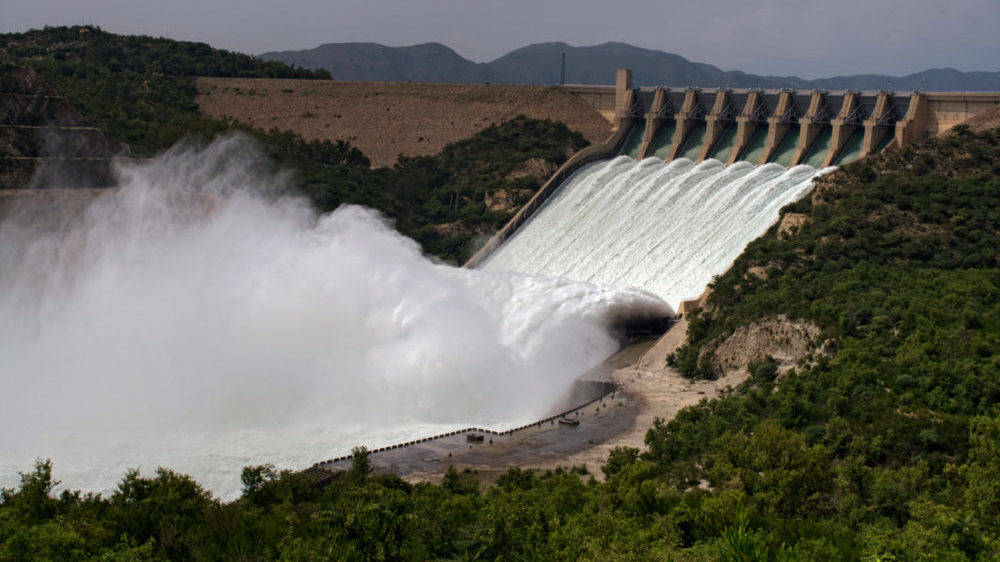
The national economy will be able to benefit from approximately $2 billion in savings per year from a million-acre feet (maf) of water.
However, as things stand currently, Pakistan is squandering around 35 maf of water because of delays in the development of Kalabagh dam.
This implies that Pakistan is squandering around $70 billion every year, a sum which is equivalent to the nation’s external debt.
The Kalabagh dam venture, which was expected to be completed in 1993, has faced constant delays. These delays have led to a loss of approximately $288 billion, which is a robust aggregate given the debt-ridden condition of the economy.
This was the crux of the message delivered at the “Water and Energy Crisis and Solutions” workshop that was held at the Lahore Chamber of Commerce and Industry (LCCI).
Specialists in the workshop contended that the legislature should quit making an issue out of population census and instead make an official decision on the development of the dam.
They said that self-interest of a few people is stalling the creation of this dam. They are not ready to consider that the dam would aid in electricity generation, prevent flooding, and store water in case of future dry spells.
According to Abdul Basit, the LCCI President, Kalabagh dam ought to have been constructed not long after the Indus Water Treaty because losing Ravi and Sutlej streams to India was a major blow. However, past governments showed little interest in this matter.
He claimed that due to development of tube wells in the valleys of Ravi and Sutlej the underground water level had dropped beyond 80 feet. He also said that Kalabagh dam could potentially store 6 maf of water thereby generating $2 billion in savings and other benefits per year.
When considering other dams, the LCCI chief believed that Bhasha dam and others could be built but they wouldn’t be as sufficient as Kalabagh. This is because even after their construction, five districts of Khyber-Pakhtunkhwa would face water shortage. “Technically, only Kalabagh dam can supply water to these areas,” he added.
The dam would potentially be able to generate 3,600 megawatts of power at a cost of just Rs 2.50 per unit and $4 billion could be saved per year on account electricity production after 5 years of development.
Lastly, he encouraged the administration to take an official decision and begin development on it without squandering more time.
Via Express Tribune